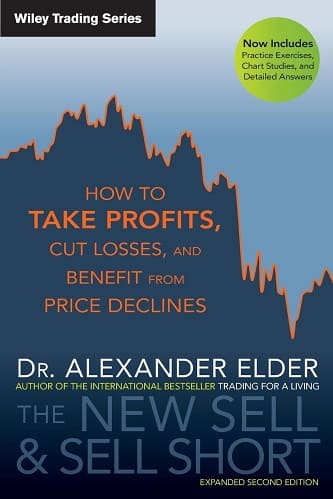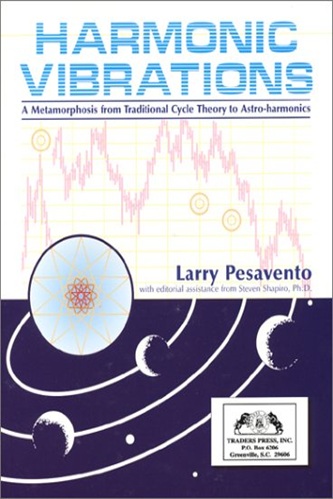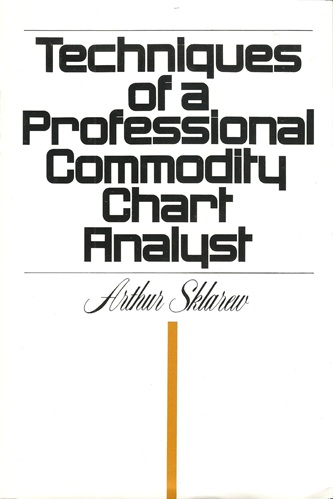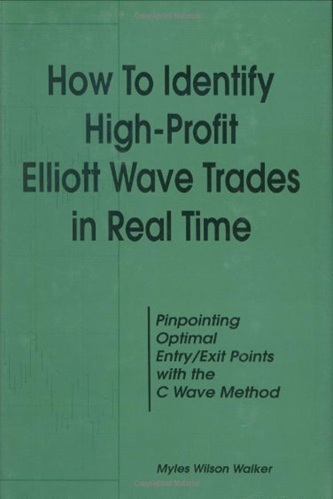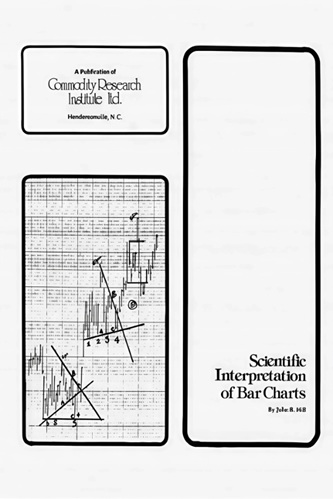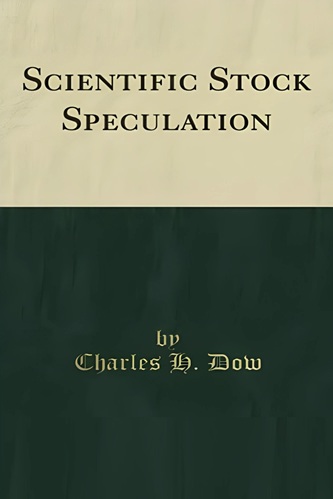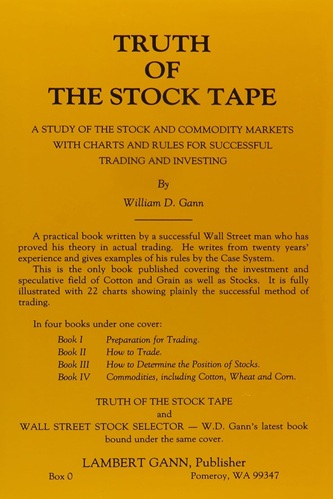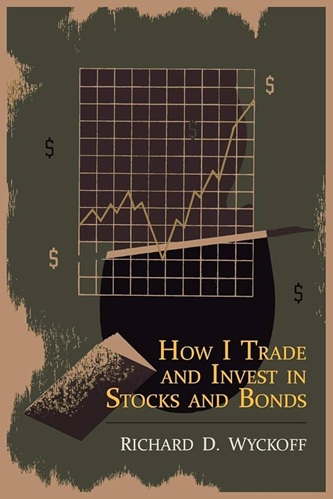The New Sell and Sell Short: How To Take Profits, Cut Losses, and Benefit From Price Declines
$15.81
| Author(s) | |
|---|---|
| Format |
|
| Pages |
371 |
| Publication Year |
2011 |
In The New Sell and Sell Short, Dr. Alexander Elder explains how to exit a stock at the right time and how to initiate a short position to profit from a stock that is showing weakness. Often overlooked, selling properly enables a trader to cut losses and maximize profits. Moreover, short selling in a weak market can generate big profits and should be a part of every trader’s arsenal of tools.
Introduction:
The markets inhale and exhale. They get a full chest of air and push it out. They must fall just as certainly as they must rise. To live happily in the markets, you need to get in gear with their rhythm. Any beginner buying stocks knows how to inhale. Knowing when to exhale—when to sell—will set you above the crowd.
We buy when we feel optimistic—or are afraid of missing a good thing. Perhaps you read a story about a new product or heard rumors of a merger. Maybe you ran a database scan or found a promising chart pattern on your screen. You go online or call your broker and place an order to buy. You receive a confirmation—you own the stock. Now the stress begins.
If the stock stays flat and goes nowhere, you feel restless. Did you pick the wrong one again? Other stocks are going up—should you sell yours? A rising stock creates a different kind of anxiety. Should you take profits, add to your position, or do nothing? Doing nothing is quite hard, especially for men, who are told from childhood “Don’t just stand there, do something!” When your stock drops, you feel pain—“I’ll sell as soon as it comes back to even.”
For many, the most psychologically comfortable position is a slight decline in their stock. It is not sharp enough to be painful, and with the stock near your entry price, there is probably not much reason to sell. No action is required, and you have the perfect excuse to do nothing. Throw a frog into a pot of hot water and it will jump, but if you heat the frog slowly, you can cook it alive. Traders with no clear selling plans, holding a slowly sinking stock, can suffer a great deal of damage.
Stress is the enemy of good decision making. It is hard to be objective when our skin is on the line. This is why I urge you to write down a plan before you enter a trade. Your plan must list reasons for entering a trade and define three numbers: your entry price, a protective stop, and a profit target. Make your decision to sell before you buy. This simple rule will allow you to use your intellect instead of some other point of your anatomy and then boil like some poor frog. You are likely to increase your profits, reduce losses, and improve your equity curve by writing down your selling plan before you buy.
Why do so few people do it? Two reasons. First, most traders have never been taught what you have just read. Beginners and outsiders simply do not have this knowledge. The other reason is that people like to dream. A written plan cuts into their sweet daydreaming business. A vague fantasy of riches feels nice and comfy. Sitting up straight and writing down your specific goals and contingency plans takes away that happy fantasy. Since you have picked up this book I’d like to think that you have chosen the pleasure of real profits over the sweetness of daydreaming. Welcome to the book, and let us move on to selling and selling short.
Contents:
- On Buying
- Trading Psychology and Risk Management
- On Keeping Records
- Selling at a Target
- Selling on a Stop
- Selling “Engine Noise”
- Shorting Stocks
- Shorting Non-Equity Instruments
- Bears Make Money
- Groping for a Bottom
The New Sell and Sell Short: How To Take Profits, Cut Losses, and Benefit From Price Declines By Alexander Elder pdf

